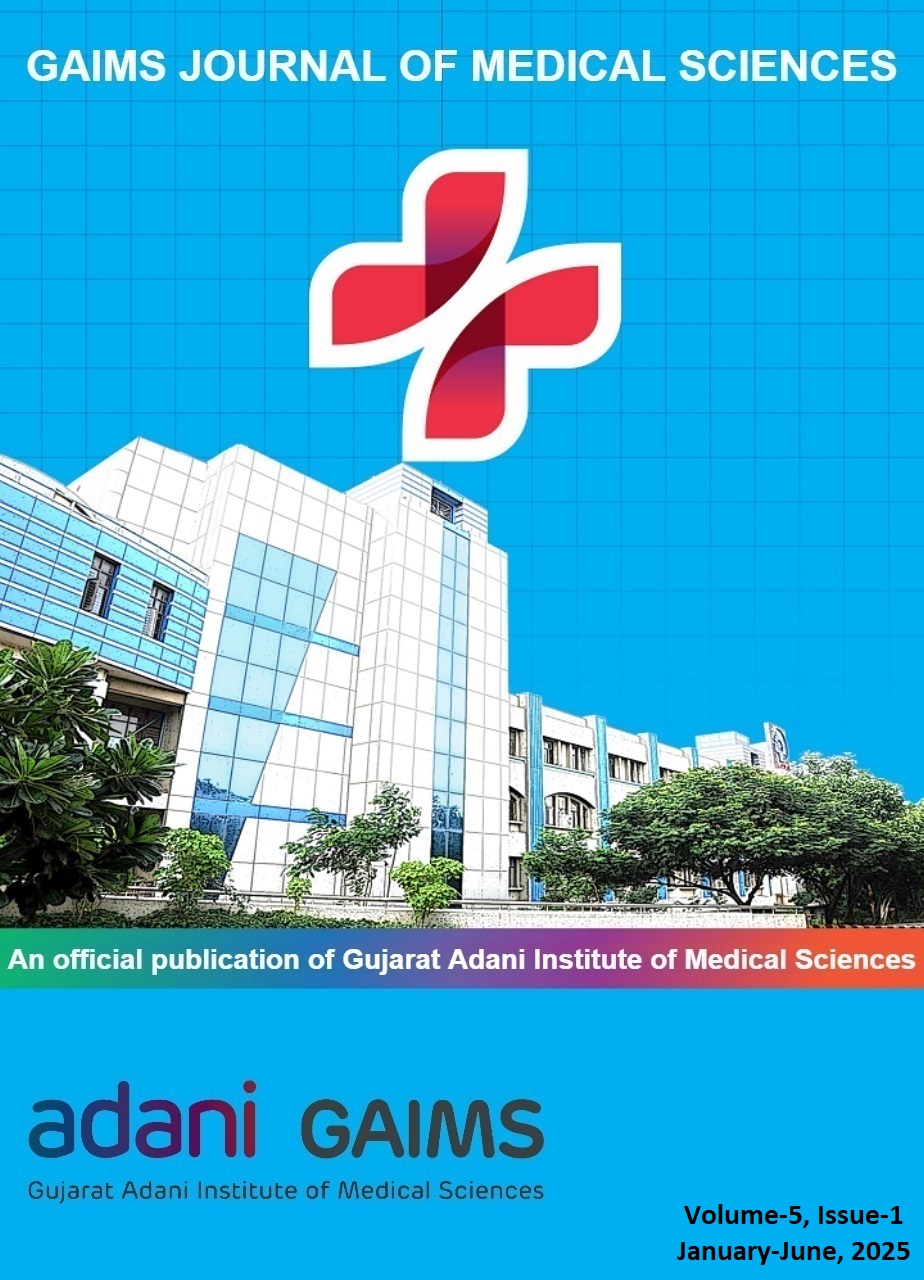The Prevalence of Methicillin Resistant Staphylococcus Aureus (MRSA) and its Antimicrobial Susceptibility Pattern at Tertiary Care Hospital
Keywords:
Antimicrobial resistance, MRSA, VancomycinAbstract
Background: Staphylococcus aureus is a very common human pathogen isolated from various clinical specimens. Staphylococcus aureus can cause various infectious diseases like endocarditis, skin and soft tissue infections, osteomyelitis, pneumonia and bacteremia. Methicillin resistant Staphylococcus aureus (MRSA) can cause a major trouble mostly in tertiary care center. The present study is aimed to determine the prevalence of Methicillin Resistant Staphylococcus aureus (MRSA) and its antimicrobial susceptibility pattern at Tertiary Care Hospital, Vadodara.
Material and Methods: Present study was conducted from October 2023 to April 2024 at tertiary care hospital, Vadodara. Total 1127 clinical specimens were tested for the study. The isolates were identified as per laboratory standard protocol including staining, colony morphology & biochemical reactions. All isolates were subjected to antibiogram study by modified Kirby Bauer disk diffusion method. Among 1127 clinical specimens, 361 Staphylococcus aureus were isolated and tested for MRSA by Cefoxitin disc diffusion test.
Results: Among 361 Staphylococcus aureus isolates, 159 were positive for MRSA. Overall prevalence rate for MRSA isolates was 44.04%. Maximum number of MRSA was isolated in Orthopedic ward (53, 33.33%), Surgery ward (39, 24.52%), Intensive Care Unit (28, 17.61%), Medicine ward (17, 10.69%) Pediatric ward (15, 9.43%). Maximum MRSA isolated from Pus and swab (81, 50.94%) followed by Urine (36, 22.64%), Blood (27, 16.98%). MRSA were most sensitive to Vancomycin (159, 100%) followed by Teicoplanin (149, 93.71%), Linezolid (142, 89.30%), Clindamycin (71, 44.65%) and least sensitive to Ciprofloxacin (29, 18.23%) followed by Erythromycin (42, 26.41%) and Gentamycin (62, 38.99).
Conclusion: Prevalence of MRSA in our study is 44.04%, which are multidrug resistance though Vancomycin, Linezolid and Teicoplanin are still effective treatment option. Screening of MRSA and their antibiogram is very essential for early detection of MRSA and for management of the condition.
Downloads
Published
Issue
Section
License
Copyright (c) 2025 Nisarg Trivedi, Mitesh Kamothi, Bhavesh Gohil

This work is licensed under a Creative Commons Attribution-NonCommercial-ShareAlike 4.0 International License.








